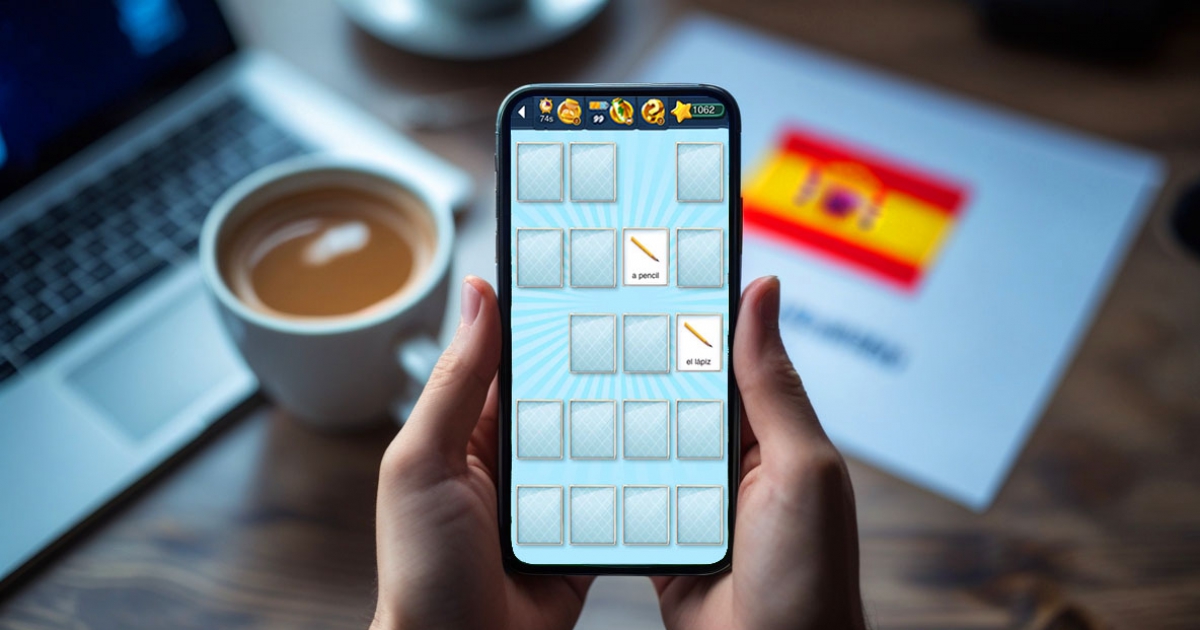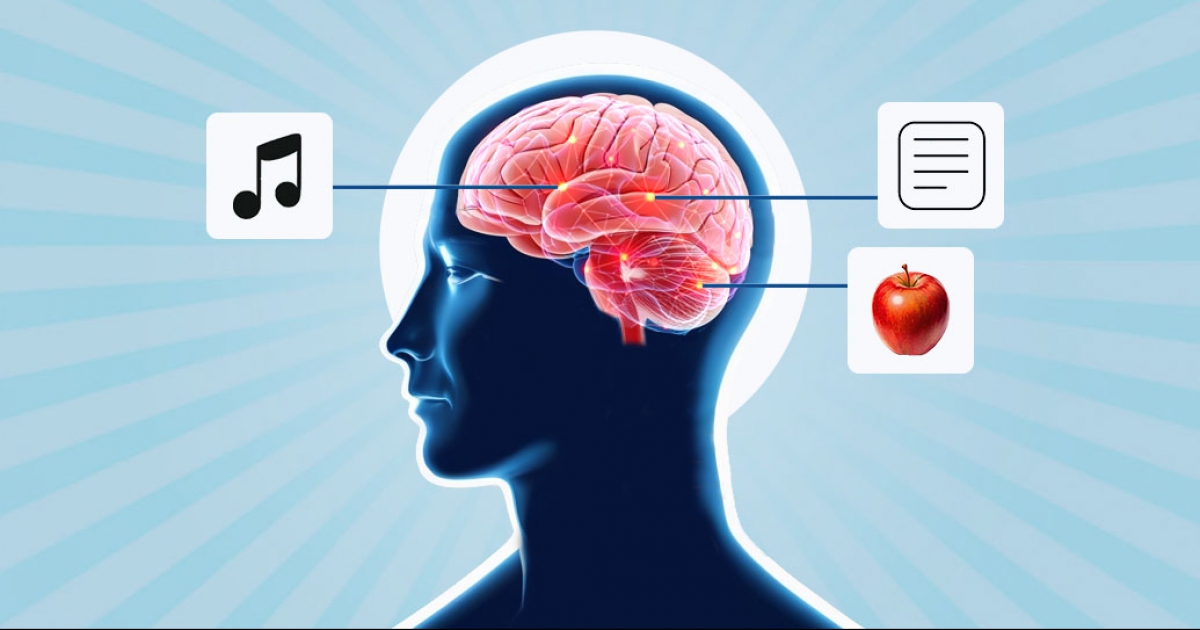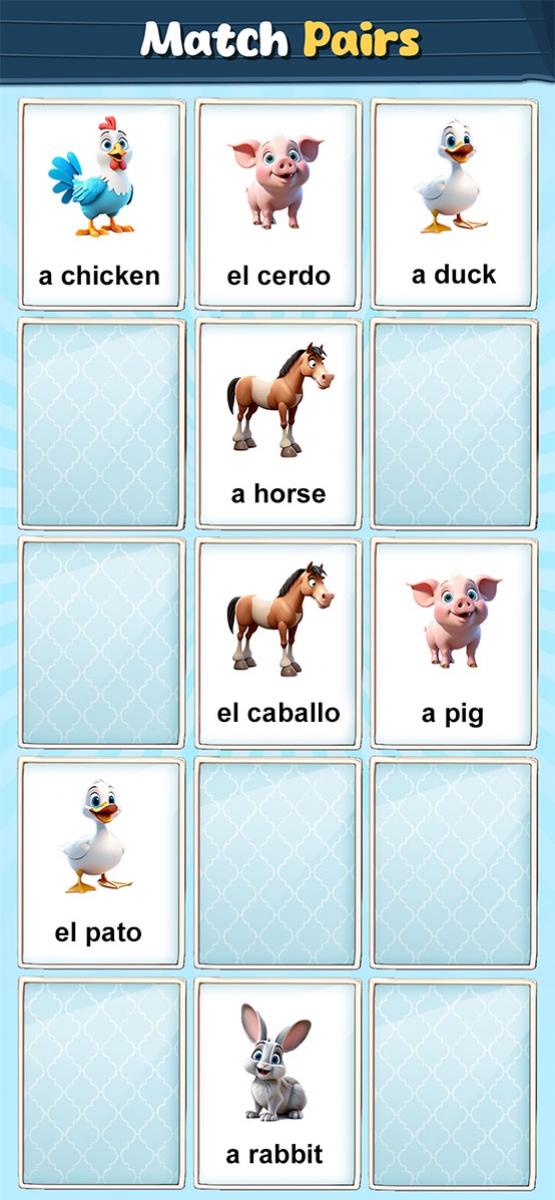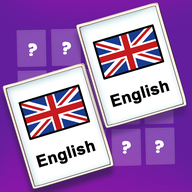Spanish for Beginners
Learning Spanish opens doors to communication with nearly 500 million native speakers worldwide. For beginners navigating the initial stages of language acquisition, building a solid foundation of basic vocabulary represents one of the most critical—and challenging—steps in the journey. The path from complete novice to conversational fluency follows a predictable pattern. Research in second language acquisition demonstrates that learners progress through distinct proficiency levels, with the initial A1–A2 stages on the Common European Framework of Reference requiring mastery of approximately 300–500 essential words. These fundamental building blocks—numbers, colors, everyday objects, common actions—form the scaffolding upon which more complex language skills develop. Traditional approaches to vocabulary acquisition often rely heavily on repetition and rote memorization, methods that cognitive science has shown to be less effective than alternatives that engage multiple memory systems simultaneously. The human brain processes and stores information through various pathways, and vocabulary learned through isolated, single-channel methods tends to fade quickly without consistent reinforcement.
- How the brain actually learns foreign words
- Beyond the learning styles myth
- The mobile learning
- The learning ecosystem
- Vocabulary acquisition in context
- Integration with comprehensive language study
- The optimal approach for spanish beginners
- The attention economy
- Program structure
- Spanish vocabulary
- Addressing common concerns
How the brain actually learns foreign words
Recent neuroscience research has illuminated the mechanisms underlying vocabulary acquisition with remarkable precision. Studies published in leading journals have identified specific neural structures responsible for forming new word associations, particularly in the medial temporal lobe and lateral entorhinal cortex. Associative memory, defined as memory for relationships between initially unrelated items—such as a foreign word and its meaning—depends heavily on structures in the medial temporal lobe. Research has identified specific cells called fan cells in the lateral entorhinal cortex that compute and represent associations between unrelated items, and these cells are essential for acquiring new associative memories. The discovery carries practical implications for language learners. Scientists have found that associative memory formation results from establishing or strengthening connections between neurons that represent associated objects. When a learner encounters the Spanish word "gato" alongside an image of a cat while simultaneously hearing the pronunciation, multiple neural pathways activate simultaneously, creating more robust and retrievable memories than would result from seeing the word alone. Studies examining intensive foreign language learning have demonstrated measurable improvements in associative memory performance, with effect sizes considerably larger than those reported in traditional mnemonic training interventions. Research at interpreter academies, where students acquire 300–500 new words weekly, has shown particularly strong effects on face-name recall tasks—a type of associative memory heavily dependent on hippocampal functioning. The hippocampus itself exhibits remarkable plasticity in response to sustained learning. The hippocampus, widely regarded as a particularly plastic brain region, displays notable structural changes following intensive periods of formal education. For adult learners, this neuroplasticity remains active well into later life, though the degree of structural change appears to depend on factors including baseline hippocampal volume and existing associative memory capacity.Beyond the learning styles myth
Educational circles have long promoted the concept that individuals learn best through their "preferred modality"—visual, auditory, or kinesthetic. This appealing notion suggests that visual learners should study primarily through images, auditory learners through listening, and kinesthetic learners through physical activity. Cognitive science research over more than 100 years has consistently found that while children differ in their abilities with different modalities, teaching a child in their supposedly best modality does not affect educational achievement. What matters is whether instruction matches the content's optimal modality, not the learner's preference.
The mobile learning revolution and its limitations
Mobile-assisted language learning applications have rapidly gained acceptance in educational contexts, with advantages including immediate access to learning material, portability, and personalization. Research indicates that 70% of students own mobile phones and prefer mobile-learning approaches, with qualitative studies reporting positive experiences, increased learner satisfaction, increased motivation, and increased confidence. Leading language learning applications incorporate established principles from fundamental memory research, including retrieval-based learning, corrective feedback, spaced repetition, and multisensory encoding. These evidence-based techniques, while possible to implement in traditional classroom settings, become more systematic and consistent when delivered through well-designed mobile applications. However, the scientific evidence base remains surprisingly thin given the millions of users worldwide. A systematic review of research from 2008 to March 2020 identified only 26 studies with quantifiable efficacy measures for foreign language learning apps—an alarmingly low number considering their popularity and sometimes substantial cost. Yet researchers emphasize that while apps offer convenience, nothing replaces classroom instruction and human interaction for learning and retaining second language skills. The consensus among language acquisition specialists is clear: mobile applications represent valuable supplementary tools rather than complete learning solutions. Apps excel at vocabulary building, pronunciation practice, and maintaining daily engagement, but struggle to develop the spontaneous communication abilities that emerge through human interaction.Where matching-pairs games fit the learning ecosystem
Memory-matching activities occupy a specific niche in the language learning toolkit. These games leverage associative learning principles by requiring learners to actively search for and recognize connections between paired items—in this case, words and images, or translations across languages.
Vocabulary acquisition in context
For absolute beginners in Spanish, the first 320 words represent make-or-break territory. Associative learning serves as an essential mechanism in early language development, enabling learners to pair concepts with words. Without this foundational vocabulary, learners cannot progress to grammar practice, cannot engage with simple texts, cannot attempt basic conversations. The challenge lies not merely in initial acquisition but in retention. Words learned once and never retrieved fade rapidly from memory. The spacing effect—the finding that distributed practice produces better long-term retention than massed practice—has been replicated countless times across decades of memory research. Applications that incorporate spaced repetition systematically address this issue, but the approach works only for users who maintain consistent engagement. MemoLingo's level-based structure and reward system attempt to sustain motivation across the extended period required for vocabulary consolidation. The puzzle collection mechanic transforms abstract learning goals into concrete milestones. Completing thematic groups provides natural stopping points and a sense of progress, factors that research on self-regulated learning has identified as important for maintaining effort over time. The game targets GSE levels 22–42, corresponding to CEFR A1–A2—precisely the range where vocabulary breadth matters most acutely. At these early stages, each new word disproportionately expands what learners can understand and express. A beginner who knows 100 Spanish words has extremely limited communicative capacity. One who knows 400 words can navigate basic conversations, read simple texts, and begin to function in Spanish-speaking environments.Integration with comprehensive language study
No single tool provides complete language education. Effective second language acquisition requires balanced development across multiple competencies: vocabulary, grammar, pronunciation, listening comprehension, reading, writing, and spontaneous speaking. Matching-pairs vocabulary games like MemoLingo address one specific component: building rapid, automatic recognition of basic words and their meanings. This represents essential groundwork, not the entire structure. Learners need complementary resources for other aspects of Spanish acquisition. Grammar instruction—understanding conjugation patterns, sentence structure, gender agreement, tense systems—requires different learning modalities than vocabulary building. Most learners benefit from explicit explanations, example sentences, and opportunities to manipulate grammatical forms. These needs exceed what matching games provide. Pronunciation development demands focused attention to phonetic details and extensive listening to native speakers. While hearing words pronounced correctly during gameplay helps, it cannot substitute for dedicated pronunciation practice, phonetic training, or feedback from instructors who can identify and correct specific articulation errors. Conversational fluency emerges primarily through interaction with other speakers. This remains the domain where human teachers, language exchange partners, and immersive environments demonstrate irreplaceable value. No application can replicate the dynamic, unpredictable nature of authentic conversation or provide the immediate, contextual feedback that live interaction offers.The optimal approach for spanish beginners involves strategic use of multiple resources
Foundation building through systematic vocabulary acquisition using tools like MemoLingo provides the raw material for communication
Learners need automatic recognition of common words before they can focus cognitive resources on grammar and meaning during conversation.Structured grammar study through textbooks, courses, or apps with explicit instruction establishes the frameworks for combining words into meaningful utterances
Understanding how Spanish works as a system accelerates progress beyond the memorization of isolated phrases.Extensive listening to authentic Spanish through podcasts, videos, music, and films trains the ear to parse continuous speech and exposes learners to natural prosody, regional variations, and colloquial usage
This input provides essential data for the brain's pattern-recognition systems.Regular speaking practice with teachers, tutors, exchange partners, or conversation groups transforms passive knowledge into active communication ability
Early speaking attempts feel awkward and error-prone, but this productive struggle drives learning that observation alone cannot achieve.Reading appropriate-level Spanish texts gradually, progressing from simplified materials to authentic documents, builds reading fluency and reinforces vocabulary in context
Written language provides time for processing that spoken interaction does not permit, allowing beginners to notice patterns and consolidate understanding.
The attention economy and language learning
Modern learners face unprecedented competition for their attention and time. Language acquisition requires sustained effort over months or years, yet countless distractions constantly beckon. This creates a fundamental challenge: how to maintain engagement with learning activities long enough for vocabulary to consolidate in long-term memory. Research demonstrates that students actively engage with mobile-assisted language learning tools, and qualitative interviews reveal increased motivation to learn independently. The portability and accessibility of mobile applications reduce friction in the learning process. A moment of downtime—waiting for transportation, standing in line, sitting in a café—can become a learning opportunity rather than wasted time.
Program structure and pricing framework
MemoLingo organizes its 32 levels across a progressive map interface. Initial levels remain unlocked, while later sections open as players complete preceding groups. This structure provides guided progression through thematic vocabulary sets:
- 500 stars for $
0.99
, with 100 bonus stars included - 1,000 stars for $
1.99
, with 300 bonus stars included - 6,000 stars for $
4.99
, representing a 50% discount on the base rate
Transform your spanish vocabulary in 320 words
Transform Your Spanish Vocabulary in 320 Words For beginners standing at the threshold of Spanish learning, building that first foundation of 300–400 essential words represents both challenge and opportunity. Every word mastered expands communicative capacity. Every thematic category completed opens new conversational possibilities. Research demonstrates that intensive foreign vocabulary acquisition strengthens associative memory systems in the brain, with benefits extending beyond language learning. The neural networks that support pairing Spanish words with meanings become more efficient, potentially supporting memory formation in other domains. The path to Spanish proficiency requires sustained effort across months or years, but progress accelerates most rapidly when learners maintain consistent engagement. Small daily sessions—even ten or fifteen minutes—compound over time into substantial vocabulary knowledge, provided the practice remains regular rather than sporadic. MemoLingo's matching-pairs approach provides one avenue for building that crucial initial vocabulary foundation. The combination of visual imagery, audio pronunciation, textual presentation, and game mechanics addresses the multisensory encoding that neuroscience research identifies as optimal for memory formation. The thematic organization aligns with how the brain naturally structures semantic knowledge. Yet vocabulary alone remains insufficient. Complement matching games with grammar study, listening practice, conversational opportunities, and reading appropriate-level texts. The tools and resources matter less than the consistency and comprehensiveness of the approach. Ready to build the vocabulary foundation your Spanish learning requires? Install MemoLingo free from the App Store or Google Play and master 320 essential words across 32 thematic levels. Join thousands of learners engaging multiple memory systems simultaneously for vocabulary that sticks. Your Spanish journey begins with that first matched pair.Addressing common concerns
Can matching-pairs games alone make me fluent in Spanish?
No vocabulary game, regardless of quality, provides sufficient exposure and practice for achieving conversational fluency. MemoLingo builds recognition vocabulary—the ability to understand words when encountered. This represents essential groundwork but constitutes only one component of language competence. Fluency requires grammar knowledge, pronunciation skills, listening comprehension, and extensive conversational practice. Treat vocabulary games as one tool in a broader learning ecosystem that includes grammar study, interaction with native speakers, consumption of Spanish media, and ideally formal instruction or tutoring.
Why should I use a matching game when I could learn the same vocabulary with free flashcard apps?
Different learning tools suit different preferences and cognitive processes. Flashcard applications typically present individual words sequentially for recognition or recall. Matching games engage working memory differently by requiring simultaneous processing of multiple items, pattern recognition across the playing field, and strategic decision-making about which cards to open. Some learners find the game format more engaging and less tedious than linear flashcard drills. The addition of visual imagery, audio pronunciation, and thematic organization provides multisensory encoding that strengthens memory formation. However, flashcard apps with spaced repetition algorithms offer their own advantages, particularly for long-term retention. Many successful learners use both approaches at different stages of vocabulary acquisition.
The later levels seem impossibly difficult without purchasing stars. Is this intentional?
The progressive difficulty curve serves pedagogical purposes—practicing vocabulary under time pressure and move constraints mimics the retrieval demands of actual conversation. However, difficulty spikes that feel overwhelming can damage motivation and learning. Well-designed educational games balance challenge and accessibility, ensuring all content remains achievable through effort and skill development. If completion without purchases requires exceptional performance beyond what typical learners can demonstrate, the monetization strategy undermines the educational mission. Users should evaluate whether difficulty feels like appropriate challenge or artificial gatekeeping. The ability to complete all 32 levels within a single day, as advertised, suggests that sufficient skill makes purchases unnecessary, but individual experiences vary based on memory capacity, prior language experience, and gaming aptitude.

